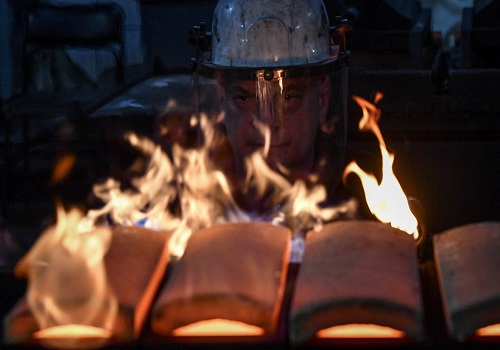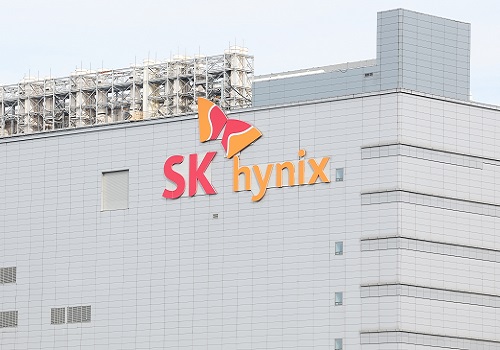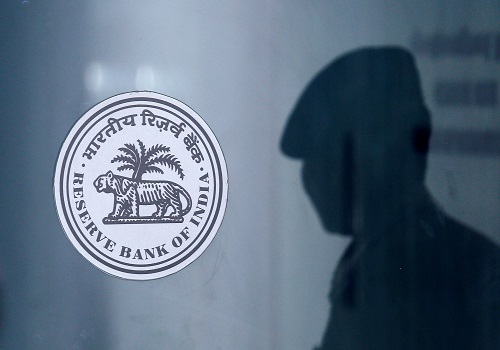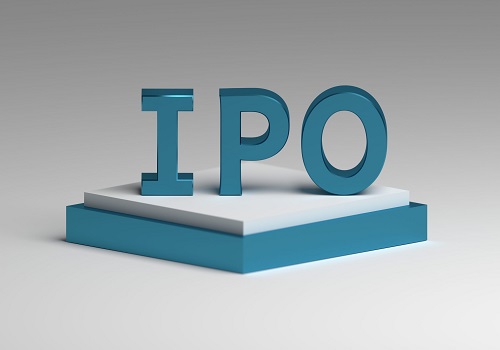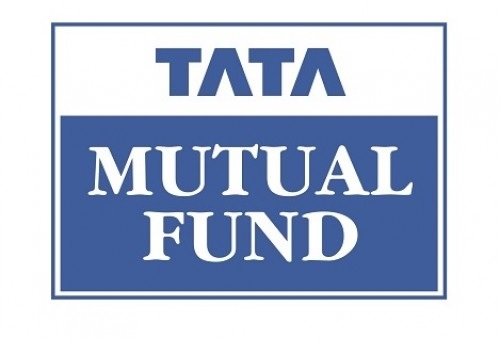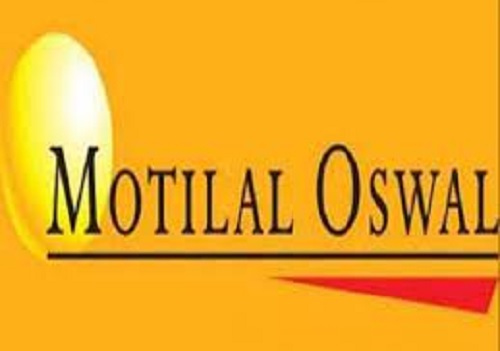Equity Outlook June 2021 by Tata Mutual Fund
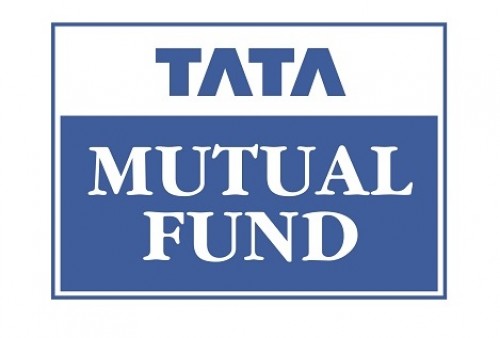
Follow us Now on Telegram ! Get daily 10 - 12 important updates on Business, Finance and Investment. Join our Telegram Channel
https://t.me/InvestmentGuruIndiacom
Download Telegram App before Joining the Channel
OUTLOOK
IMPACT OF SECOND WAVE OF COVID-19
The second wave is not likely to have a severe impact on corporate profit growth, unlike the first wave. Even in the first wave, the profit forecasts for FY21 rebounded quite well after the initial cut due to
i. strong performance from IT/pharma
ii. cost savings by the corporates, and
The impact in the second wave will be cushioned by
i. Corporates and consumers are much better prepared this time compared to the first wave
ii. Banking sector is adequately capitalized and provided for in terms of any stress
iii. There are multiple earning drivers across export-oriented sectors, global as well as domestic cyclicalsiii. lower-than-expected COVID stress on the bank’s loan books.
In the second wave, there is not so much supply shock, unlike the first wave but consumers/corporates managed to adjust their functioning. Discretionary spending has also been impacted on the demand side in the first quarter, which can lead to some profit cuts.
However, it is unlikely to be very severe. It is important to remember that corporate profits grew at an aggregate level in FY21 despite a GDP decline of 7-8 per cent. So, if the GDP growth in FY22 slows down from 11-12 per cent to say, 9-10 per cent, the impact on corporate earnings is unlikely to be very dramatic.
MARKET VIEW
Our view is broadly constructive on the market. We currently do not see any signs that make us cautious from a cycle perspective
1. We are coming off a slow growth period of many years. Thus, there is no over-heating of the economy.
2. Corporate balance sheets have been repaired over the last decade, and as a result, there are no signs of excessive leverage or over-capacity in most sectors.
3. At a retail level, while borrowings have gone up, there are no signs of over-leveraging yet
4. While valuations are above average, they remain well supported by the low bond yields. More importantly, India’s valuation premium over other emerging markets at 40-45% is within the acceptable range so far.
PORTFOLIO STRATEGY*
Balanced portfolio strategy to capitalise on the various pockets of strong earnings recovery and outloo
For the first time in many years that we have multiple drivers of earnings cutting across IT, Pharma, Financials (ROE normalisation), commodities and real estate with some green shoots visible in the capex cycle as well
* With an increasing number of companies seeking digital solutions, IT spends have gone up improving the prospects of the sector. We are now equal or over weight in the sector across funds
* Pre Covid, we were cautiously increasing our exposure to Pharma sector. Covid accelerated this process. We are now equal or over weight in the sector across funds
* The large private banks have held up even during economic downturn. Lower Credit Growth, High coverage ratios and lower than expected bad loans make us confident of out positions. Along with this, we have some exposure in reasonably valued mid and small sized banks which look strongly placed for another good year. We are equal or slightly underweight in this sector
Though defensive weights in our funds have gone up over time, all our funds are currently positioned for economic recovery
Our investment strategy has usually been pro cyclical and counts on earnings surprise
NEW TRENDS & THEME
Segment which was a surprise: Industrials & Capital Goods (Including Commodities and real estate)
* Low interest rate led to higher demand for real estate
* Commodities boomed led by recovery in China. This has led to expectation of capital investment cycle going up. Private sector is looking to announce more cap expenditure investing in new plants & factories. This impacts the prices of cement & metal. Higher commodity prices lead to investment cycle in the sector.
* Some of the deep cyclical sectors like capital goods and industrials are beginning to see more visibility in terms of order flow and there for more of these in our portfolio compared to 15-18 months
To Read Complete Report & Disclaimer Click Here
Above views are of the author and not of the website kindly read disclaimer
